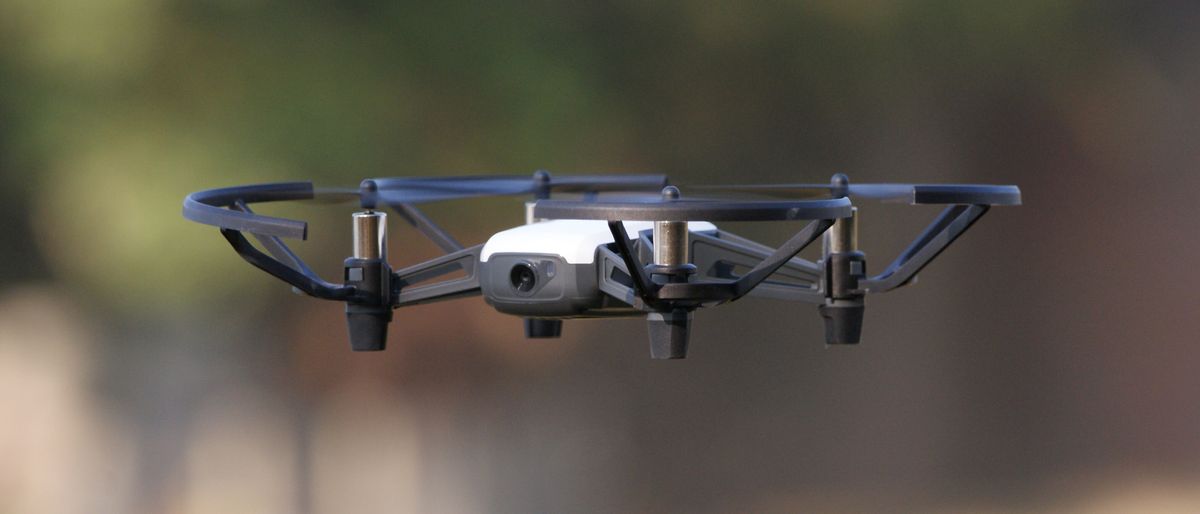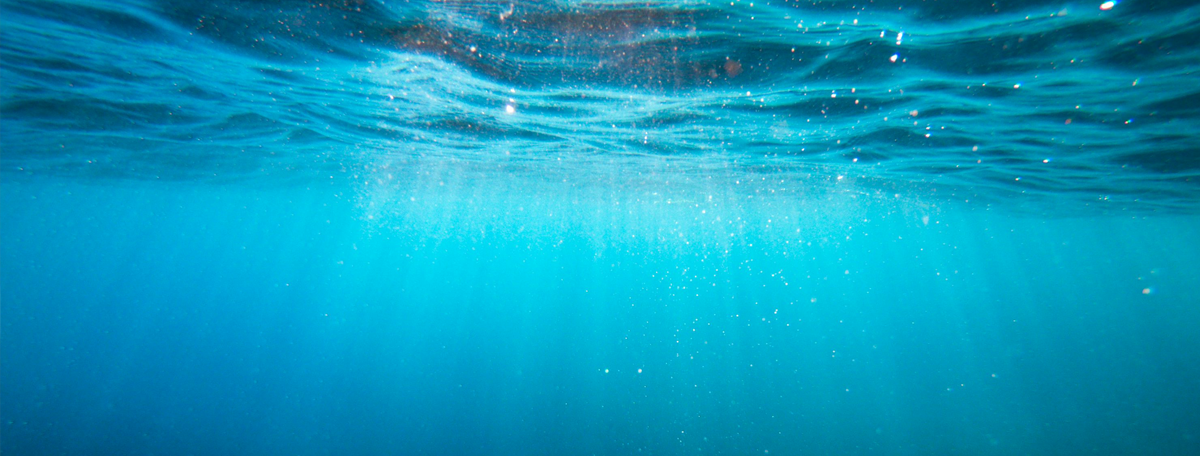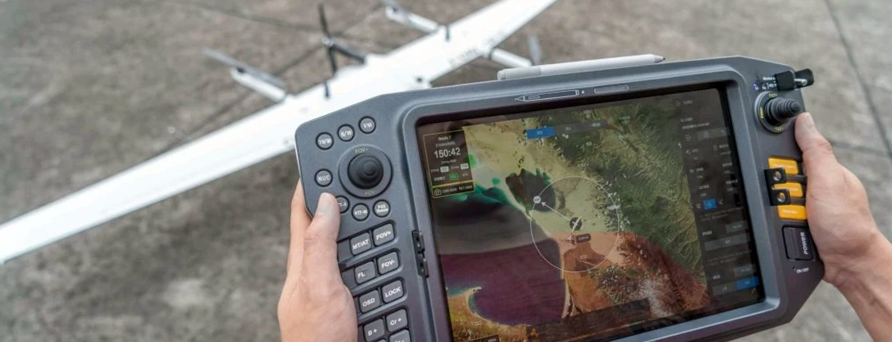If you’re buying your first-ever drone, there are four things to consider
- Stabilisation features. As not yet a very experienced pilot, you’d want a gliding drone with GPS stabilization, which automatically maintains a steady flight path and minimizes drift. Models with even a basic gyroscope and accelerometer also add extra “fineness” to your flight and footage.
- Safety controls like automatic return-to-home, hoover on lost signal, geo-fencing, and obstacle avoidance also reduce the odds of drone crash or loss several days after purchasing.
- Battery life. The cheapest beginner drones have a flight time of 10 minutes, which is hardly enough to really enjoy the experience or hone your skills, not mention capture some decent shots. Pay some extra money for a starter drone with a 1500mAh 4S battery.
- User-friendly piloting app. Spend as much time on checking out the piloting app as reviewing the drone itself. You’d want software with intuitive controls and a convenient smartphone app. The must-have features for beginners are altitude hold, headless mode, and auto-hovering.
Here are five models that fit the above description to the dot.
DJI NEO
DJI NEO is arguably the most affordable videography drone on the market right now, with a going price of under $200. At 135 g (4.8 oz), the drone can be flown in every country without any UAV authorization. (Although you should still maintain common sense safety rules like avoiding people overflight or cruising in restricted zones).
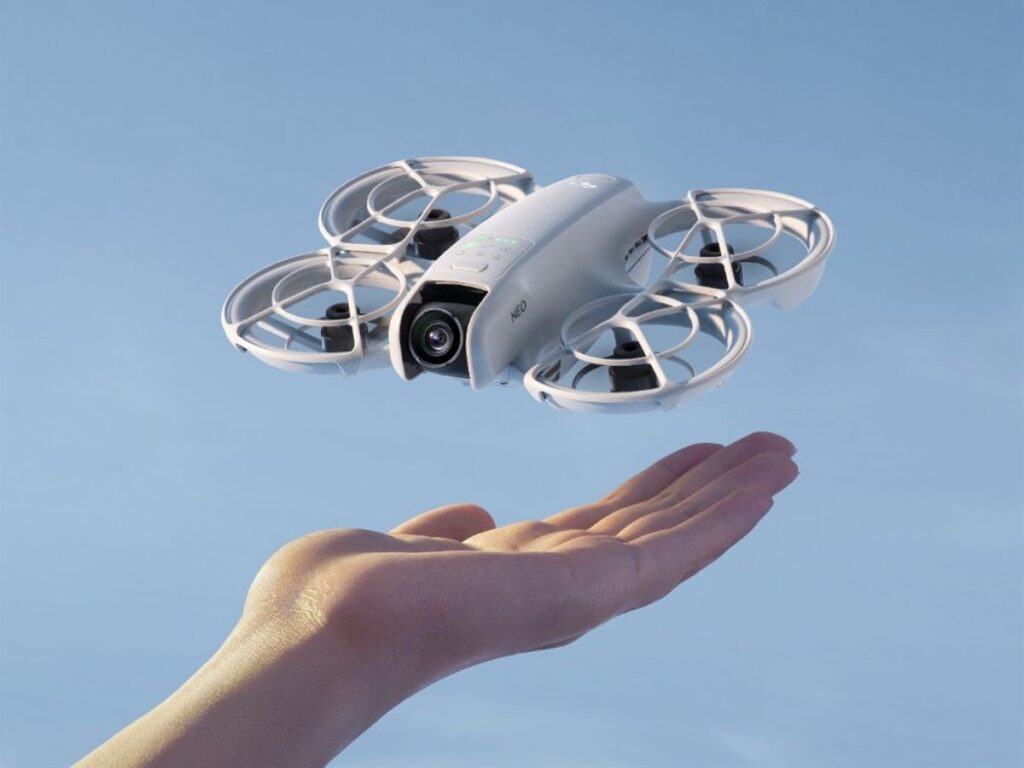
But for its tiny size, DJI NEO offers some mighty fine filming features: 4K video, 12MP stills, presets for auto-shooting from different dynamic angles, vertical video recording, and voice-activated control.
Ryze Tello
If you’re looking for a cheap, mostly indoor beginner drone, Ryze Tello can be loads of fun. It’s ridiculously simple to control using the app and flight controller combo. And you can add FVI goggles for extra giggles if you’re training your racing skills. On the downside, the flight time is just 13 minutes and the max flight distance is 100 m/328 ft, so it’s definitely not the best drone for filming outdoorsy escapades.
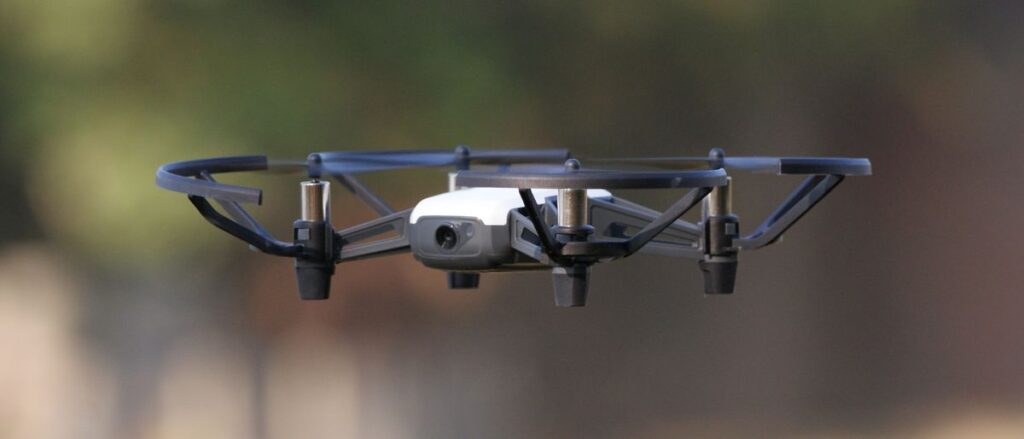
Potensic ATOM SE
Foldable ATOM SE boasts build quality. It’s sturdy, durable, but still lightweight (250 grams/8.8 ounces) to not fall under commercial drone regulations. The 4 km / 13,123 ft transmission range gives you ample room to shoot some great stills with a Sony 12MP CMOS sensor camera with a 118° FOV and a vertical +20° to -90° adjustment angle.
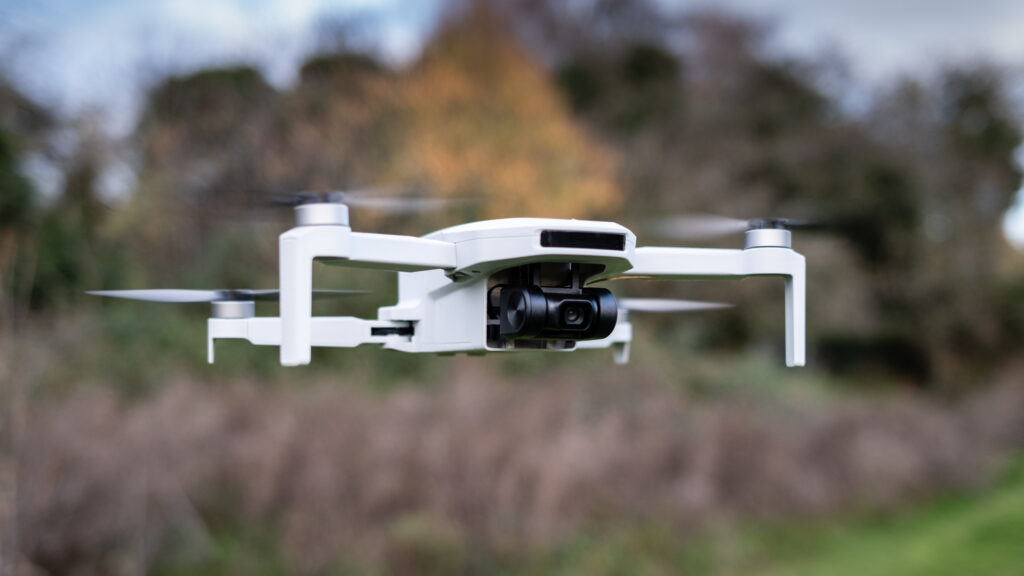
ATOM SE can stay in the air for about 30 minutes at low altitudes, with no wind conditions. But the flight duration and quality drop a lot if you’re out on a windy day.
Parrot ANAFI Ai
If you have extra cash to spare for a more professional drone, ANAFI Ai hooks you up with a roster of incredible features for autonomous photogrammetry. The 48 MP camera with a 14 EV dynamic range and 6x zoom shoots the crispest images, even at high flight speeds.
The video is of stellar quality too: 4K video, including in P-Log and HDR10 4K videos up to 30 fps. And those planning some UAV mapping missions would appreciate specialized photogrammetry flight modes available in the drone app and 1-click flight plan creation.
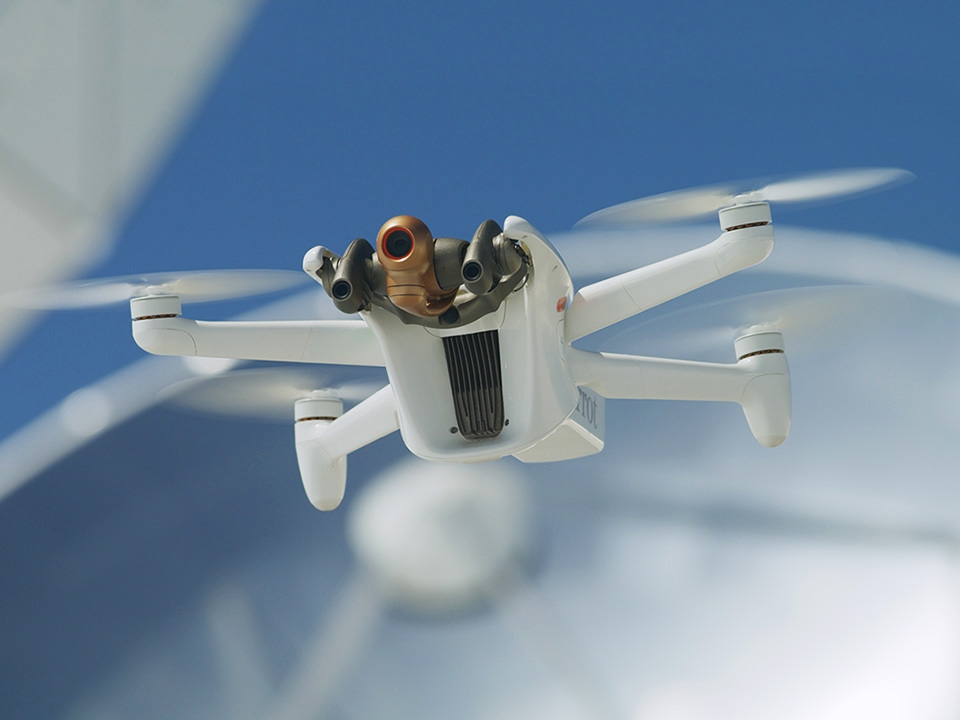
HappyModel BNF Crux35
As a beginner racing drone, we can full-heartedly recommend HappyModel BNF Crux35. Retailing for under $150, the FPV drone touts an EX1404 high-efficiency motor and HQPROP 3.5-inch three-blade propeller for a robust thrust-to-weight ratio. With a 4S 850mAh battery, you’ll get about 16 minutes of flight time (but that’s all subject to how fast you choose to go).

The FPV camera isn’t amazing (although you can easily replace it with a better alternative). This is a good starter racing drone that won’t hurt you too much if you crash it.
Discover even more drone recommendations in Bavovna’s UAV directory.
